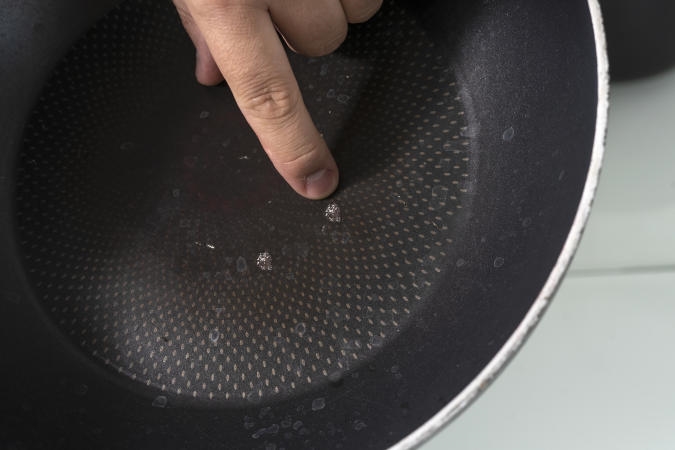Scientists may have found an affordable way to destroy forever chemicals
Scientists may have found an affordable way to destroy forever chemicals
PFAS are everywhere and have been linked to negative health effects.


A team of scientists may have found a safe and affordable way to destroy “forever chemicals.” PFAS, or perfluoroalkyl and polyfluoroalkyl substances, are found in many household items, including non-stick Teflon pans and dental floss. According to the US Environmental Protection Agency, at least 12,000 such substances exist today. They all share one common feature between them: a carbon-fluorine backbone that is one of the strongest known bonds in organic chemistry. It’s what gives PFAS-treated cookware its non-stick quality. However, that same characteristic can make those substances harmful to humans.
Since they’re so durable from a molecular perspective, PFAS can stay in soil and water for generations. Scientists have shown that prolonged exposure to them can lead to an increased risk of some cancers, reduced immunity and developmental effects on children. Researchers have spent years trying to find a way to destroy the carbon-fluorine bond that makes PFAS so stubborn, but a breakthrough could be in sight.
In a study published Thursday in the journal Science, a group of chemists from UCLA, Northwestern University and China found that a mixture of sodium hydroxide, a chemical used in lye, and an organic solvent called dimethyl sulfoxide was effective at breaking down a large subgroup of PFAS known as perfluoro carboxylic acids or PFCAs. When lead author Brittany Trang heated the mixture between 175 and 250 degrees Fahrenheit (about 79 to 121 degrees Celsius), it began breaking down the bonds between the PFAS molecules. After a few days, the mixture can even reduce any fluorine byproducts into harmless molecules. The sodium hydroxide is part of what makes the mixture so potent. It bonds with PFAS molecules after the dimethyl sulfoxide softens them and hastens their breakdown.
Professor William Dichtel, one of the study’s co-authors, told The New York Times there’s a lot of work to be done before the solution works outside the lab. There’s also the enormity of the problem. In February, scientists estimated that humans are putting approximately 50,000 tons of PFAS chemicals into the atmosphere every year. Another recent study found that rainwater everywhere on Earth is unsafe to drink due to the ubiquity of those substances. However, scientists are understandably excited about Trang’s discovery since it may help researchers find other novel ways to destroy PFAS.
(13)


